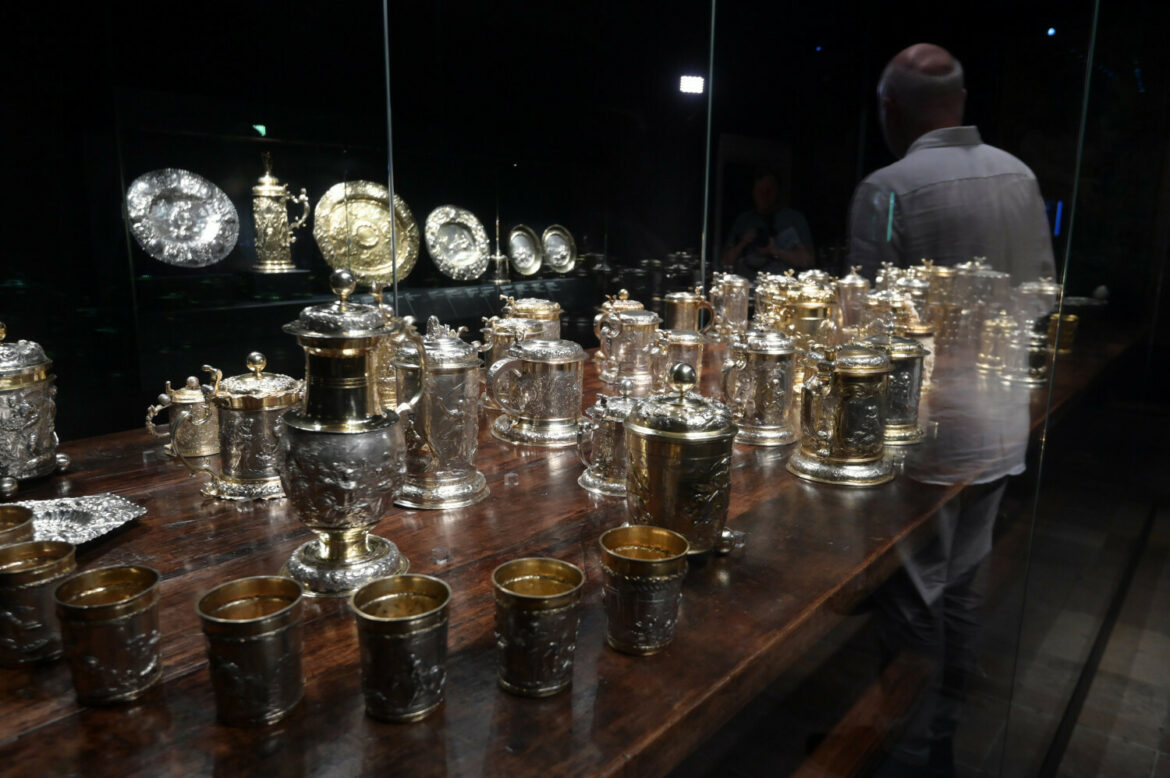Wawel Royal Castle is hosting the latest installment of one of the main permanent exhibitions presenting the most valuable Polish historical memorabilia. Poland’s most important collection of national memorabilia and valuables is presented in a modernly arranged exhibition that meets the expectations of a modern audience.
The new Crown Treasury has three times as many exhibition rooms as before, thus accommodating a larger number of artefacts. Some of them have not been displayed there before. The exhibition refers to the two historical institutions located at Wawel Castle since at least the 15th century: The Treasury and the Crown Archive – set up to preserve visible signs of the sovereignty of the Polish Kingdom and later the Polish-Lithuanian Commonwealth.
The Wawel Museum exhibition, first opened in 1930 and later systematically enriched, is ideologically linked to the Old Polish Treasury. It is the place where the most representative collection of valuables in our country is displayed: several hundred very valuable works of art concentrated around the sword Szczerbiec – one of the most important Polish historical memorabilia.
The exhibition is based on individual artefacts that survived the Prussian plunder, precious objects from royal and princely treasuries, mementos of monarchs, aristocratic families and famous commanders, as well as military parades bearing witness to the glory of the Polish military, diplomatic gifts, trophies from the battle of Vienna and a substantial collection of jewels and silver and gold vessels.
The first display of insignia did not take place until 1792. Three years later, after the third partition of Poland, the contents of the Treasury, including almost all the insignia and crown jewels kept there, were plundered by the Prussians and then almost completely destroyed. Only isolated items survived the looting. The Old Polish Crown Treasury at Wawel Castle then ceased to exist.
Arkadiusz Słomczyński





